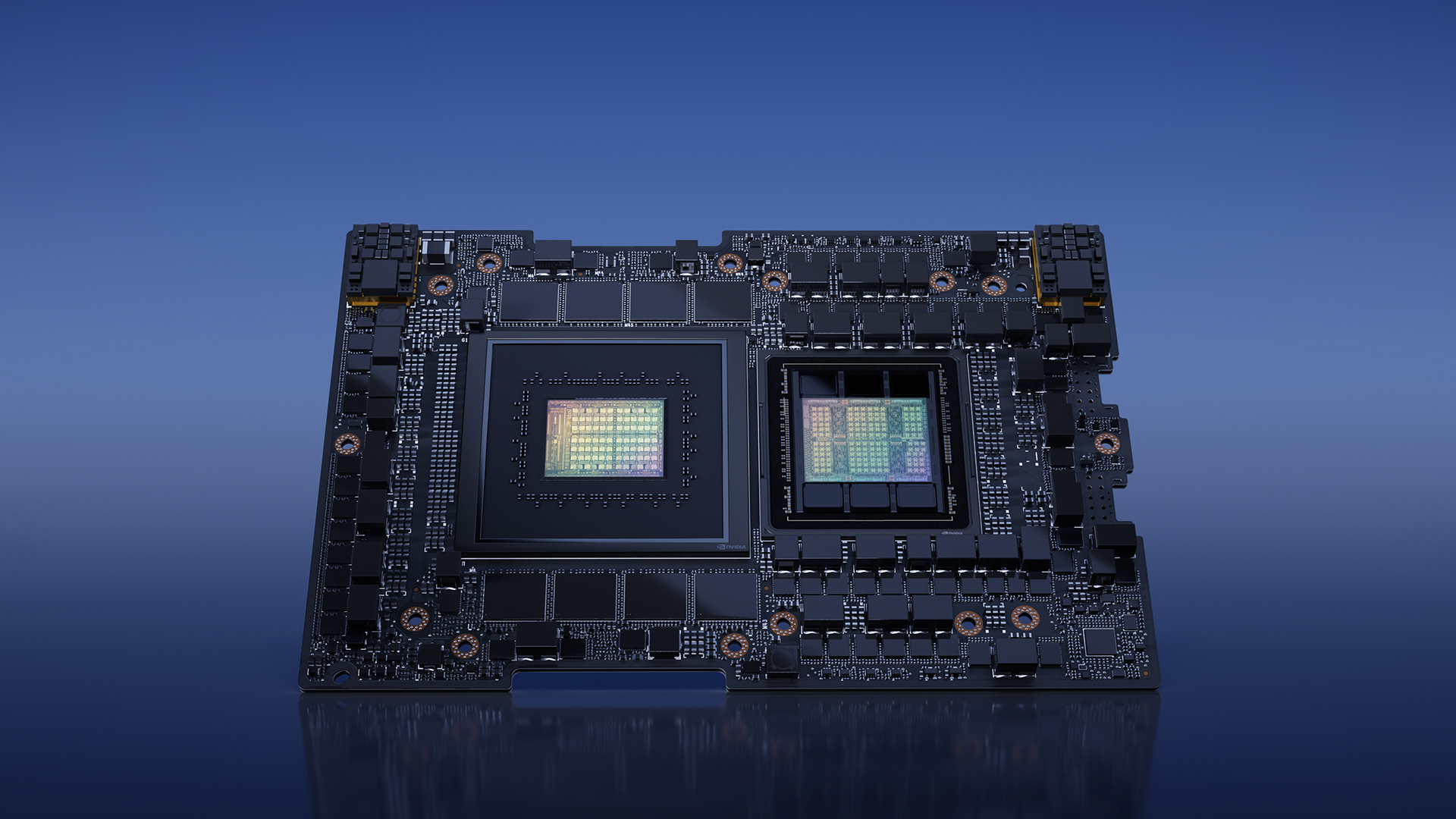 AI
AI
 AI
AI
 AI
AI
Nvidia Corp. today detailed how its chips are accelerating innovation in the high-performance computing industry for artificial intelligence-powered systems that will power scientific advances with supercomputing.
The chipmaker also announced efforts to accelerate its quantum computing efforts at national quantum computing centers around the world, which will include installing the company’s open-source CUDA-Q platform at international sites.
High-performance computing is at the center of advanced scientific research and helps unlock important insights about the world at massive scales, especially with AI simulation needed for atmospheric and oceanic models. Extreme computing power is also required for materials and life sciences, such as biopharmaceuticals and drug discovery, where the computational needs of complex equations and modeling can quickly outpace classical systems.
Today, Nvidia announced nine new supercomputers worldwide that are using Grace Hopper Superchips for scientific discovery and innovation – according to the company, combined the systems represent 200 exaflops, or 200 quintillion calculations per second, of computational AI processing power.
Among the new supercomputers coming online is the EXA1-HE in France, from CEA, the French Alternative Energies and Energy Commission and Eviden, an Atos Group company, which was announced in April. It’s based on Eviden’s BullSequana XH3000 technology. The architecture offers a new warm-water cooling system and the EXA1-HE is equipped with 477 compute nodes based on Grace Hopper.
Other supercomputers coming online include Helios at Academic Computer Centre Cyfronet, in Poland; Alps at the Swiss National Supercomputing Centre from Hewlett-Packard Enterprise; Jupiter at the Jülich Supercomputing Centre in Germany; DeltaAI at the National Center for Supercomputing Applications at the University of Illinois Urbana-Champaign; and Miyabi at Japan’s Joint Center for Advanced High-Performance Computing.
“AI is accelerating research into climate change, speeding drug discovery and leading to breakthroughs in dozens of other fields,” said Ian Buck, vice president of hyperscale and HPC at Nvidia. “Nvidia Grace Hopper-powered systems are becoming an essential part of HPC for their ability to transform industries while driving better energy efficiency.”
Nvidia is accelerating quantum computing research by linking its CUDA-Q platform to supercomputer sites in Germany, Japan and Poland to power the quantum processing units inside their high-performance computing systems.
QPUs work as the “brains” of quantum computers where all the quantum processing happens. They use the behavior of particles such as electrons or photons to make calculations differently than traditional processors using qubits, unlike a normal bit where information can be a 1 or a 0, a qubit can also be indeterminate, where it could potentially be a 1 or a 0. As a result, quantum processors can make calculations much faster than traditional processors. This also means that algorithms produced for quantum processors must address these indeterminate “potential” states, and at the same time, they can be noisy and error-prone.
Germany’s Jülich Supercomputing Centre at Forschungszentrum Jülich is installing a QPU built by IQM Quantum Computers to attach to its Jupiter supercomputer. The ABCI-Q supercomputer in Japan is attaching a QPU from QuEra. Poland’s Poznan Supercomputing and Networking Center recently installed two QPUs built by Orca Computing.
CUDA-Q is an open-source and QPU-agnostic accelerated supercomputing platform designed to allow for the development of open programming models across systems between different graphical processing units and central processing units. Using CUDA-Q different types of hardware and software can be easily scaled and connected and emulated with a quantum resource so that developers can design applications.
PSNC’s quantum processing units will be used to explore life sciences, chemistry and machine learning with two PT-1 quantum photonics systems. This means that it uses single photons, or packets of light, at telecommunication frequencies as qubits. This makes it easier to distribute and link parts together using standard telecom components.
“Our collaboration with Orca and Nvidia has allowed us to create a unique environment and build a new quantum-classical hybrid system at PSNC,” said Krzysztof Kurowski, chief technology officer and deputy director of PSNC. “The open, easy integration and programming of multiple QPUs and GPUs efficiently managed by user-centric services is critical for developers and users.”
The QPU integrated with ABCI-Q in Japan will use Rubidium atoms controlled by laser light as qubits, these are the same type of atoms used by precision atomic clocks. The researchers at the National Institute of Advanced Industrial Science and Technology will use it to investigate quantum applications in AI, energy and biology.
The QPU hooked up with Jupiter is built with superconducting qubits, or electronic resonant circuits, that are designed to be manufactured to act as artificial atoms at low temperatures. The team there will use it to develop quantum applications for chemical simulations and pave the way to demonstrate how classical computers can be accelerated by quantum computers.
Support our mission to keep content open and free by engaging with theCUBE community. Join theCUBE’s Alumni Trust Network, where technology leaders connect, share intelligence and create opportunities.
Founded by tech visionaries John Furrier and Dave Vellante, SiliconANGLE Media has built a dynamic ecosystem of industry-leading digital media brands that reach 15+ million elite tech professionals. Our new proprietary theCUBE AI Video Cloud is breaking ground in audience interaction, leveraging theCUBEai.com neural network to help technology companies make data-driven decisions and stay at the forefront of industry conversations.